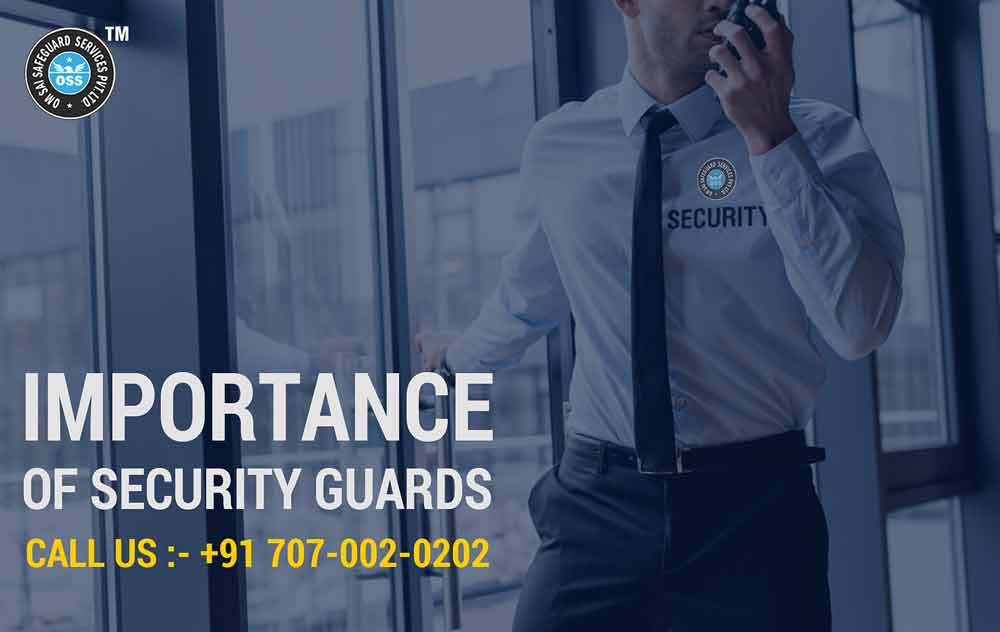Understanding Corporate Security: Proven Tactics for Organization Defense
Understanding Corporate Security: Proven Tactics for Organization Defense
Blog Article
From Cybersecurity to Physical Actions: Reinforcing Business Security in an Altering World
In today's swiftly progressing digital landscape, the relevance of company safety and security can not be overemphasized. As cyber risks end up being progressively innovative and widespread, organizations have to exceed conventional cybersecurity measures to secure their procedures and properties - corporate security. This is where the assimilation of physical safety actions becomes vital. By combining the staminas of both cybersecurity and physical security, business can create a comprehensive defense approach that resolves the diverse array of threats they face. In this discussion, we will discover the changing danger landscape, the requirement to incorporate cybersecurity and physical protection, the application of multi-factor authentication measures, the value of employee awareness and training, and the adjustment of protection procedures for remote workforces. By taking a look at these vital areas, we will certainly obtain beneficial insights into just how companies can reinforce their company safety and security in an ever-changing world.
Comprehending the Altering Risk Landscape
The advancing nature of the modern world requires a detailed understanding of the changing threat landscape for efficient corporate safety. It is essential for organizations to remain notified and adapt their safety gauges to resolve these evolving threats.
One secret aspect of recognizing the altering threat landscape is recognizing the various types of threats that companies face. Furthermore, physical risks such as theft, vandalism, and company espionage stay widespread issues for organizations.
Tracking and evaluating the risk landscape is vital in order to determine potential risks and vulnerabilities. This entails staying upgraded on the current cybersecurity patterns, assessing hazard knowledge records, and carrying out normal danger evaluations. By recognizing the changing danger landscape, organizations can proactively implement ideal safety and security procedures to alleviate risks and protect their properties, reputation, and stakeholders.
Integrating Cybersecurity and Physical Protection
Integrating cybersecurity and physical protection is vital for detailed corporate protection in today's electronic and interconnected landscape. As organizations progressively rely upon technology and interconnected systems, the limits between physical and cyber dangers are ending up being obscured. To efficiently guard against these threats, an all natural strategy that integrates both cybersecurity and physical protection procedures is vital.
Cybersecurity concentrates on safeguarding electronic properties, such as systems, data, and networks, from unauthorized accessibility, disruption, and theft. Physical protection, on the other hand, includes actions to secure physical properties, people, and facilities from susceptabilities and hazards. By integrating these two domains, organizations can resolve susceptabilities and threats from both physical and electronic angles, thereby enhancing their general safety pose.
The integration of these two disciplines permits an extra extensive understanding of safety dangers and makes it possible for a unified feedback to events. As an example, physical accessibility controls can be boosted by incorporating them with cybersecurity protocols, such as two-factor verification or biometric identification. Likewise, cybersecurity actions can be complemented by physical safety and security steps, such as surveillance video cameras, alarm systems, and safe and secure accessibility factors.

Executing Multi-Factor Verification Measures
As organizations progressively prioritize detailed security steps, one reliable method is the execution of multi-factor authentication procedures. Multi-factor verification (MFA) is a safety method that needs individuals to give multiple types of recognition to access a system or application. This approach adds an additional layer of security by incorporating something the customer understands, such as a password, with something they have, like a security or a fingerprint token.
By carrying out MFA, companies can significantly boost their safety and security pose - corporate security. Typical password-based verification has its constraints, as passwords can be conveniently compromised or failed to remember. MFA mitigates these risks by adding an extra authentication factor, making it harder for unapproved people to acquire accessibility to delicate info
There are a number of types of multi-factor verification methods offered, including biometric authentication, SMS-based confirmation codes, and hardware tokens. Organizations need to assess their particular demands and select the most appropriate MFA service for their demands.
Nonetheless, the execution of MFA must be meticulously planned and carried out. It is vital to strike a balance between security and functionality to stop individual disappointment and resistance. Organizations ought to also consider possible compatibility problems and provide ample training and assistance to guarantee a smooth shift.
Enhancing Employee Recognition and Training
To enhance business safety and security, companies need to prioritize enhancing employee recognition and training. In today's rapidly evolving hazard landscape, workers play an important role in guarding an organization's sensitive details and possessions. Unfortunately, several security breaches take place because of human mistake or lack of awareness. As a result, companies need to invest in extensive training programs to educate their workers about prospective threats and the most effective techniques for minimizing them.
Effective employee awareness and training programs ought to cover a variety of topics, including data protection, phishing assaults, social design, password health, and physical protection measures. These programs need to be tailored Bonuses to the particular needs and responsibilities of various employee roles within the organization. Regular training simulations, workshops, and sessions can aid employees develop the essential skills and expertise to respond and identify to protection hazards properly.
Moreover, organizations need to motivate a culture of protection recognition and provide ongoing updates and suggestions to keep staff members notified regarding the most recent threats and reduction methods. This can be done with internal interaction channels, such as e-newsletters, intranet sites, and find this email projects. By promoting a security-conscious labor force, organizations can considerably reduce the chance of safety cases and protect their valuable possessions from unapproved gain access to or concession.

Adapting Protection Measures for Remote Workforce
Adapting company security steps to fit a remote labor force is necessary in ensuring the security of sensitive info and possessions (corporate security). With the increasing pattern of remote job, companies need to apply appropriate security measures to mitigate the risks associated with this new method of functioning
One vital facet of adjusting safety steps for remote work is developing protected communication channels. Encrypted messaging systems and virtual private networks (VPNs) can help secure sensitive information and prevent unauthorized accessibility. In addition, companies must impose the use of solid passwords and multi-factor verification to improve the safety of remote gain access to.
Another crucial factor to consider is the execution of safe remote gain access to services. This entails giving staff members with safe access to company resources and data via online desktop framework (VDI), remote desktop computer methods (RDP), or cloud-based options. These innovations ensure that delicate information continues to be secured while enabling staff members to do their functions efficiently.

Lastly, extensive safety understanding training is crucial for remote employees. Training sessions ought to cover finest practices for firmly accessing and handling sensitive information, identifying and reporting phishing attempts, and maintaining the general cybersecurity hygiene.
Final Thought
In conclusion, as the risk landscape continues to advance, it is crucial for organizations to reinforce their protection determines both in the cyber and physical domain names. Incorporating cybersecurity and physical security, implementing multi-factor verification steps, and boosting worker recognition and training are essential actions towards attaining robust company security.
In this conversation, we will discover the changing hazard landscape, the need to incorporate cybersecurity and physical safety, the implementation of multi-factor verification measures, the value of staff member understanding and training, and the adaptation of protection actions for remote workforces. Cybersecurity steps can be complemented by physical security procedures, such as surveillance cams, alarm systems, and protected accessibility points.
As organizations significantly focus on detailed security steps, one reliable strategy is the implementation of multi-factor authentication procedures.In conclusion, as the risk landscape continues to progress, it is crucial for companies to enhance their safety gauges both in additional hints the cyber and physical domain names. Integrating cybersecurity and physical safety and security, executing multi-factor authentication actions, and boosting employee awareness and training are necessary actions towards achieving robust corporate security.
Report this page